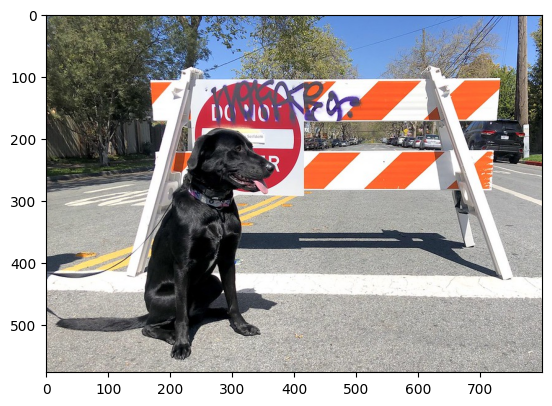Hello イメージの分類¶
この Jupyter ノートブックはオンラインで起動でき、ブラウザーのウィンドウで対話型環境を開きます。ローカルにインストールすることもできます。次のオプションのいずれかを選択します。
この OpenVINO™ の基本的な紹介では、画像分類モデルを使用して推論を行う方法を示します。
このチュートリアルでは、Open Model Zoo の事前トレーニングされた MobileNetV3 モデルが使用されます。OpenVINO IR モデルの作成方法の詳細については、TensorFlow モデルから OpenVINO への変換 チュートリアルを参照してください。
目次¶
# Install openvino package
%pip install -q "openvino>=2023.1.0"
Note: you may need to restart the kernel to use updated packages.
インポート¶
from pathlib import Path
import cv2
import matplotlib.pyplot as plt
import numpy as np
import openvino as ov
# Fetch `notebook_utils` module
import urllib.request
urllib.request.urlretrieve(
url='https://raw.githubusercontent.com/openvinotoolkit/openvino_notebooks/main/notebooks/utils/notebook_utils.py',
filename='notebook_utils.py'
)
from notebook_utils import download_file
モデルとデータのサンプルをダウンロード¶
base_artifacts_dir = Path('./artifacts').expanduser()
model_name = "v3-small_224_1.0_float"
model_xml_name = f'{model_name}.xml'
model_bin_name = f'{model_name}.bin'
model_xml_path = base_artifacts_dir / model_xml_name
base_url = 'https://storage.openvinotoolkit.org/repositories/openvino_notebooks/models/mobelinet-v3-tf/FP32/'
if not model_xml_path.exists():
download_file(base_url + model_xml_name, model_xml_name, base_artifacts_dir)
download_file(base_url + model_bin_name, model_bin_name, base_artifacts_dir)
else:
print(f'{model_name} already downloaded to {base_artifacts_dir}')
artifacts/v3-small_224_1.0_float.xml: 0%| | 0.00/294k [00:00<?, ?B/s]
artifacts/v3-small_224_1.0_float.bin: 0%| | 0.00/4.84M [00:00<?, ?B/s]
推論デバイスの選択¶
OpenVINO を使用して推論を実行するためにドロップダウン・リストからデバイスを選択します。
import ipywidgets as widgets
core = ov.Core()
device = widgets.Dropdown(
options=core.available_devices + ["AUTO"],
value='AUTO',
description='Device:',
disabled=False,
)
device
Dropdown(description='Device:', index=1, options=('CPU', 'AUTO'), value='AUTO')
モデルのロード¶
core = ov.Core()
model = core.read_model(model=model_xml_path)
compiled_model = core.compile_model(model=model, device_name=device.value)
output_layer = compiled_model.output(0)
画像のロード¶
# Download the image from the openvino_notebooks storage
image_filename = download_file(
"https://storage.openvinotoolkit.org/repositories/openvino_notebooks/data/data/image/coco.jpg",
directory="data"
)
# The MobileNet model expects images in RGB format.
image = cv2.cvtColor(cv2.imread(filename=str(image_filename)), code=cv2.COLOR_BGR2RGB)
# Resize to MobileNet image shape.
input_image = cv2.resize(src=image, dsize=(224, 224))
# Reshape to model input shape.
input_image = np.expand_dims(input_image, 0)
plt.imshow(image);
data/coco.jpg: 0%| | 0.00/202k [00:00<?, ?B/s]

推論の実行¶
result_infer = compiled_model([input_image])[output_layer]
result_index = np.argmax(result_infer)
imagenet_filename = download_file(
"https://storage.openvinotoolkit.org/repositories/openvino_notebooks/data/data/datasets/imagenet/imagenet_2012.txt",
directory="data"
)
imagenet_classes = imagenet_filename.read_text().splitlines()
data/imagenet_2012.txt: 0%| | 0.00/30.9k [00:00<?, ?B/s]
# The model description states that for this model, class 0 is a background.
# Therefore, a background must be added at the beginning of imagenet_classes.
imagenet_classes = ['background'] + imagenet_classes
imagenet_classes[result_index]
'n02099267 flat-coated retriever'